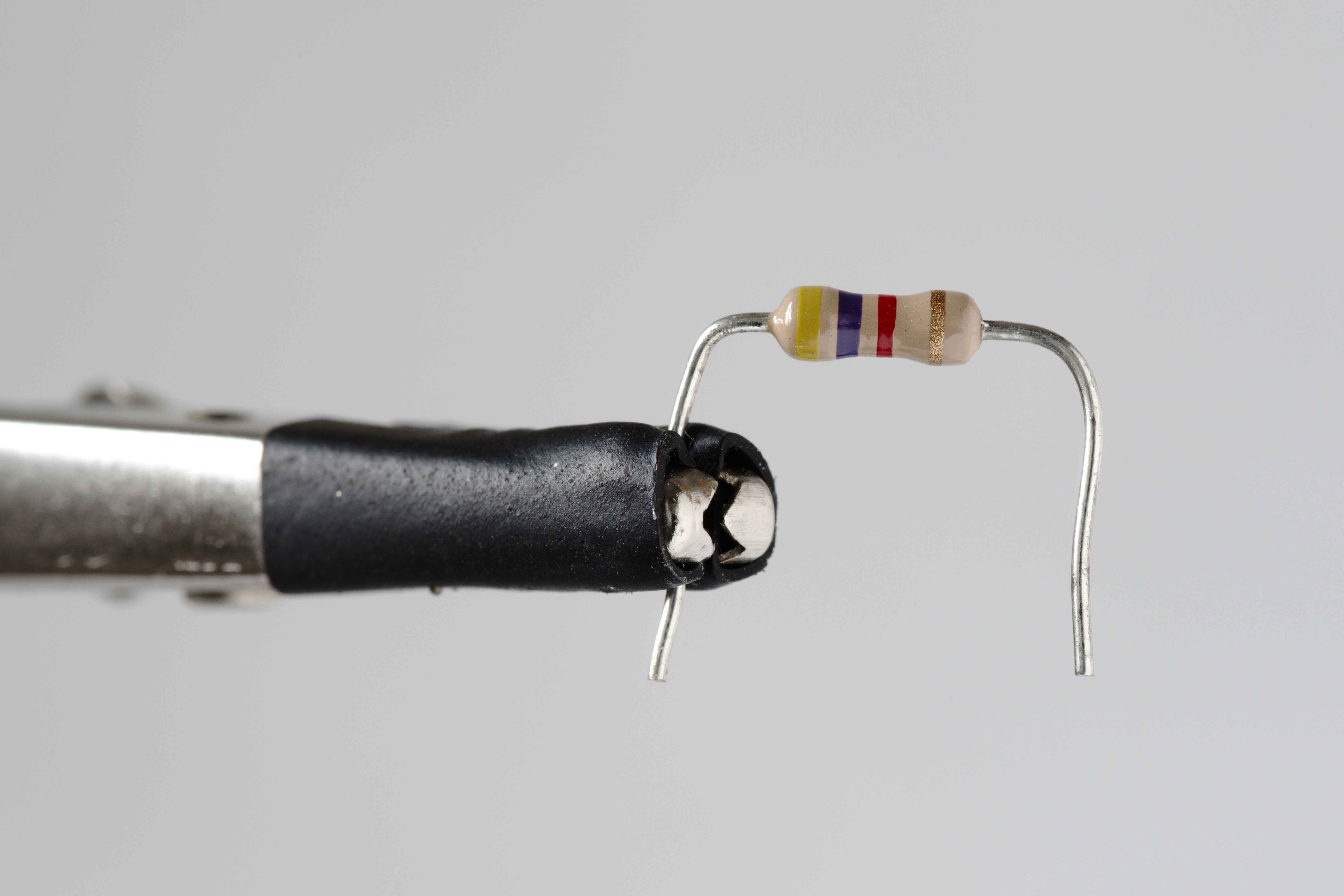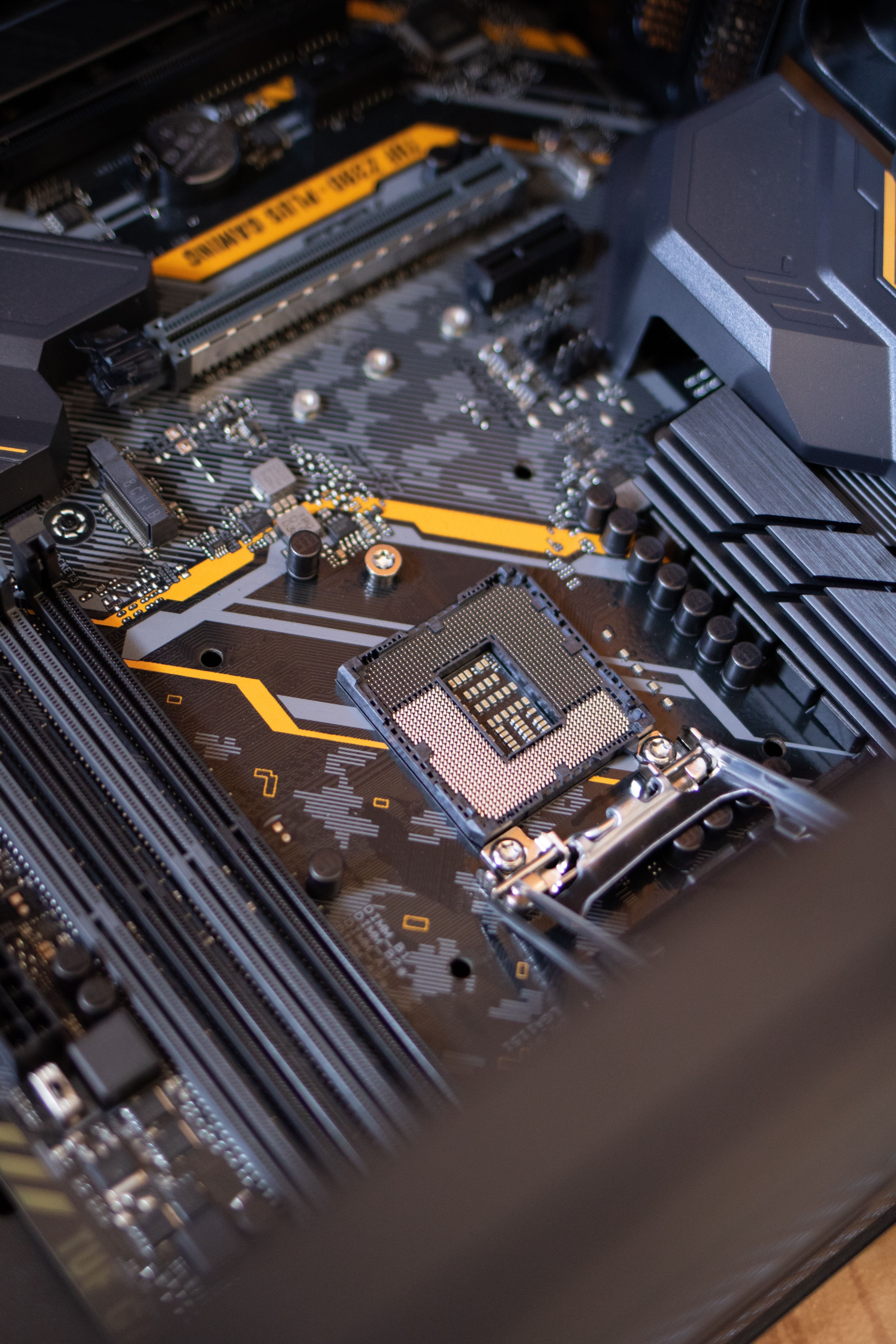Aug 28, 2023|Product Innovations and Design, Technological Advancements and Materials
Are you interested in understanding how your electronic devices work? Luckily, you’ve come to the right place! In this article, we’ll explore the world of circuit boards, which are the foundation for modern electronics. We’ll also examine the various components that comprise a printed circuit board.
By familiarizing yourself with the parts of a circuit board, you’ll gain a deeper appreciation for the devices we rely on in our daily lives. Join us on this fascinating journey as we uncover the secrets of circuit board intricacies. By the end, you’ll be able to understand a circuit board just like a professional printed circuit board manufacturer.
Table of Contents
Resistors

Resistors are crucial components in circuit boards as they control the flow of electrical current by providing resistance. Their primary purpose is safeguarding sensitive electronic devices from damage caused by excessive voltage or current while influencing specific electrical characteristics within circuits.
There are different types of resistors available, each with distinct qualities and purposes:
- Fixed Resistors: These resistors have a predetermined resistance value that cannot be adjusted. Their construction materials can be further categorized into carbon film, metal film, wire-wound, and thick-film chip resistors.
- Potentiometers: Also known as variable or adjustable resistors, potentiometers allow users to change the resistance value as needed manually. This feature makes them ideal for applications like volume controls or tuning circuits.
- Thermistors: These resistive devices are sensitive to temperature changes, causing their resistance values to vary accordingly. Thermistors are commonly used in temperature sensing and control systems such as thermostats or automotive engine management systems.
Capacitors

Capacitors are vital components in circuit boards, storing and releasing electrical energy as needed. Capacitors smooth voltage fluctuations, filter signals, and provide temporary power during interruptions. They also possess unique properties for specific purposes like signal coupling or timing in oscillators.
Capacitors come in different types, sizes, and capacities for various applications. Common types of capacitors include:
- Ceramic Capacitor: Small-sized, cost-effective, and suitable for high-frequency performance. Often used in RF circuits for noise filtering.
- Film Capacitor: Offers stability over time and temperature variations, making them ideal for precision applications like audio signal processing and power supply filtering.
- Electrolytic Capacitor: Known for high capacitance values and voltage ratings, commonly used in power supply circuits to smooth out voltage fluctuations.
- Tantalum Capacitor: Provides excellent stability, low leakage current, and high capacitance per unit volume. Relied upon in applications such as medical equipment, aerospace systems, and telecommunications.
Diodes

Diodes are essential components on circuit boards, controlling the flow of current in one direction. Diodes are crucial for controlling the current direction and enable functionalities like rectification, voltage regulation, signal modulation, and light emission or detection.
Here are common types of diodes:
- Rectifier Diodes: Convert AC to DC by permitting only the positive half-cycles to pass, resulting in a unidirectional current flow.
- Zener Diodes: Act as voltage regulators, maintaining a constant voltage across their terminals despite varying input voltages. They exhibit controlled breakdown at specific Zener voltages.
- Light Emitting Diodes (LEDs): Emit light when current flows through them, offering energy efficiency and a long lifespan. Used for indicator lights and display backlighting.
- Photodiodes: Detect light and generate electrical signals proportional to its intensity. Used in optical communication systems and solar cells.
Transistors
Transistors are crucial components on circuit boards that amplify and switch electronic signals. There are two main types: Bipolar Junction Transistors (BJTs) and Field Effect Transistors (FETs).
- Bipolar Junction Transistors: They consist of three semiconductor layers forming two PN junctions. They can be NPN (N-type layer between two P-type layers) or PNP (P-type layer between two N-type layers). BJTs are used for current amplification, allowing a small input current to control a larger output current.
- Field Effect Transistors: These transistors use an electric field to control charge carrier flow. They are voltage-controlled devices with high input impedance. FETs include Junction Field Effect Transistors (JFETs) and Metal-Oxide-Semiconductor Field Effect Transistors (MOSFETs).
- Junction Field Effect Transistors: They are suitable for voltage-controlled resistors or amplifiers and are available as N-channel and P-channel types.
- Metal-Oxide-Semiconductor Field Effect Transistors: In N-channel and P-channel configurations, they offer higher input impedance, faster switching speeds, and improved efficiency.
Connectors
Connectors are essential for establishing secure and reliable connections between components on circuit boards. They come in various types and sizes to meet different application requirements, such as:
- Pin Headers: Used to connect PCBs to external devices or cables, they consist of rows of male pins that mate with female sockets. They are available in different pitch sizes.
- Sockets: These receptacles are used to easily insert and remove integrated circuits (ICs) without soldering onto the PCB.
- Screw Terminals: Ideal for applications requiring robust connections and high current capacity, these connectors secure wires using screws.
- FPC/FFC Connectors: Designed for flexible circuits, they enable compact designs while maintaining electrical performance.
When selecting connectors, consider factors such as current capacity, voltage rating, mechanical stability, mating cycle frequency, environmental conditions, and size constraints.
Mounting Holes
Mounting holes are vital in modern electronics as they provide physical support for circuit boards and facilitate attachment and removal from other components or systems. Additionally, they aid in grounding the PCB, reducing electromagnetic interference.
To ensure proper placement and drilling of mounting holes, designers consider factors such as size, shape, location relative to other components, and necessary clearance. The number of mounting points depends on the device’s weight distribution.
During the manufacturing process, precise drilling of mounting holes is achieved through the following steps:
- Programming a CNC machine with coordinates provided by designers using CAD software.
- The machine drills through all layers of the circuit board, making multiple passes at different depths until reaching the desired depth.
- After drilling, the board undergoes cleaning and inspection for defects before proceeding with further assembly steps.
Sensors
Sensors are important devices that detect environmental changes and conditions, allowing them to generate an electrical signal corresponding to the detected changes. These changes are then sent to the other PCB components. Sensors are invaluable and are used in a variety of commercial and consumer environments, such as in factories, automobiles, and hospital equipment.
Sensors can convert a number of physical elements into electrical energy:
- sound
- air quality
- light motion
- vibrations
- acceleration
- dynamic pressure
- load
- strain
- force
Sensors can be used for a number of things, from detecting infrared light for thermal imaging to monitoring vibrations that affect mechanical quality. Vibrations can be monitored over a range of frequencies that aren’t distinguishable to the human ear. PCB sensors and transducers are ideal in a manufacturing environment with more stringent mechanical demands. These sensors can also be used to monitor and gather information across wireless networks, allowing for real-time monitoring of important environmental factors.
Conclusion
In summary, a circuit board is a complex assembly of various components that work together to facilitate the flow of electrical currents and perform specific functions. From passive components like resistors and capacitors to active components like diodes and transistors, each part serves a unique purpose in the circuit.
So whether you’re a professional electronics engineer or an enthusiastic hobbyist, a solid grasp of the simple circuit board parts is the foundation for success in electronic design and assembly. So, continue to explore and deepen your knowledge of these components!
- Sunny Patel is the Engineering and Sales Manager at Candor Industries. Sunny is trained as a IPC-A-600 trainer, AS9100 Lead auditor, IPC CID and got his Engineering degree at the University of Toronto.
Latest entries
- February 27, 2024Technological Advancements and MaterialsHow to Order a PCB Assembly
- February 26, 2024Product Innovations and DesignReduce PCB Design Cost
- February 7, 2024Technological Advancements and MaterialsNavigating Low-Cost PCB Assembly
- January 24, 2024Quality and TestingA Guide To Automated Optical Inspection (AOI)


